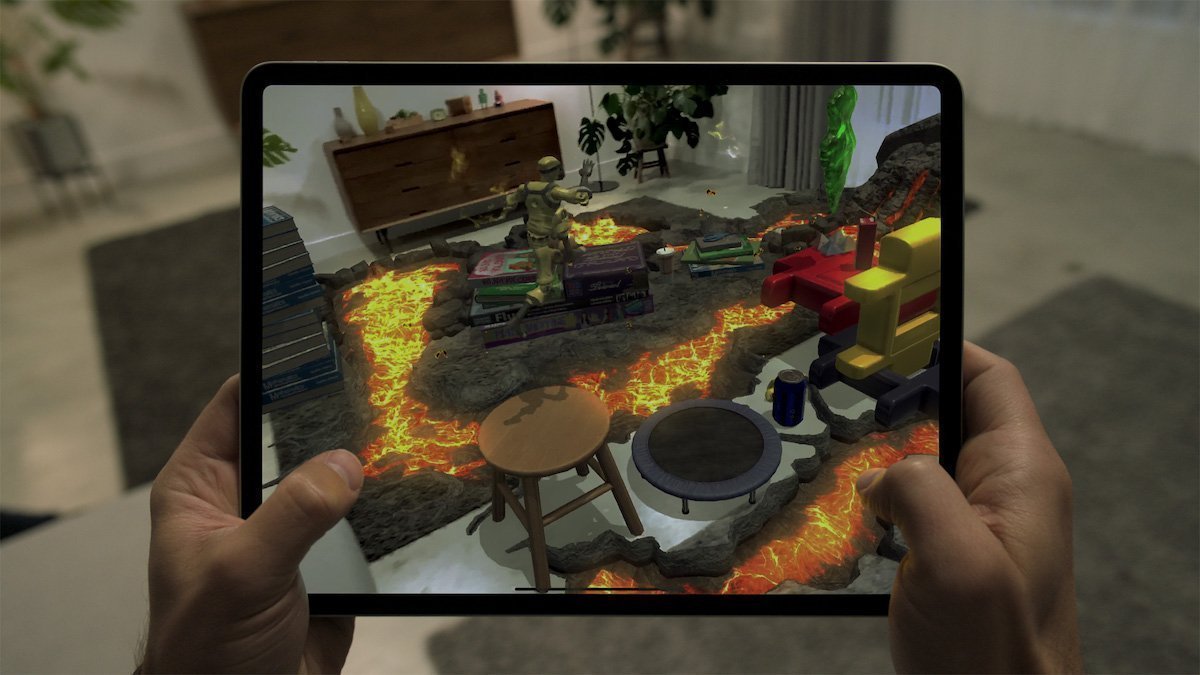Apple is planning to invest around $334 million in a New Taiwanese factory for the production of Mini-LED and Micro-LED Displays. Sources in the science park bureau declined to make any comments or disclose financial terms about these new investment plans.
Reports suggest that Apple is likely to pour NT$10 billion (US$334 million) in the initial phase of the investment plan for boosting next-gen display production. Furthermore, the company aims to engage widely in display research and development. Taiwan’s facility currently develops low-temperature poly-silicon displays and metal-oxide-semiconductor screens along with quantum film image sensors.
According to a Chinese report published in the Economic Daily News, the company will partner with Taiwan-based suppliers Epistar and AU Optronics for producing displays for its future devices. Apple’s new investment will reduce the company’s dependence on Japanese and South Korean suppliers. A former executive of TPO Displays, Chang Shih-chang is expected to run the new plant. Sources close to the plan shared that the plant will be built on a 30.83-hectare plot in Hsinchu Science Park.

Apple’s expected Mini-LED products
Analyst Ming-Chi previously stated that Apple is planning to release at least six Mini-LED products by the end of 2021. Kuo also stated that Mini-LED displays will allow thinner and lighter designs for devices while offering the same benefits as OLED displays. These include specs like high contrast, dynamic range, etc.
Kuo stated:
“The trend for Apple’s development and promotion of mini LED are more identifiable in five years. We predict that Apple is currently developing six mini-LED-support products (vs. the previous report of only two products), including a 12.9-inch iPad Pro, a 27-inch iMac Pro in 4Q20, a 14.1-inch MacBook Pro (upgraded from 13.3-inch), a 16-inch MacBook Pro, a 10.2-inch iPad, and a 7.9-inch iPad mini in 2020.”
Furthermore, the company already has a functional research and development facility for Mini-LED and Micro-LED displays in the same research park based in Longtan since 2014. Furthermore, Longtan’s plant will become Apple’s third research and development hub after Japan and South Korea.
Read more:
